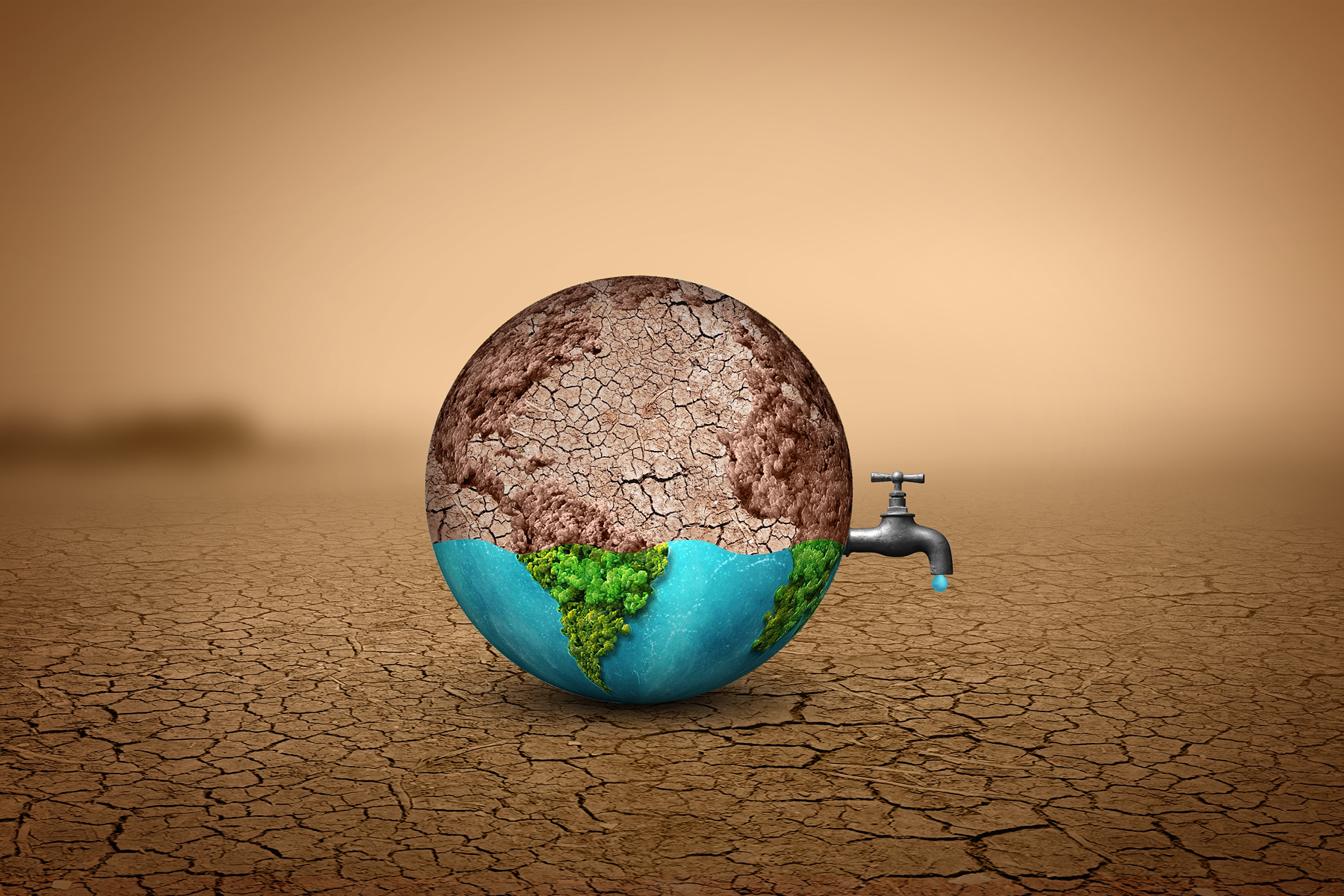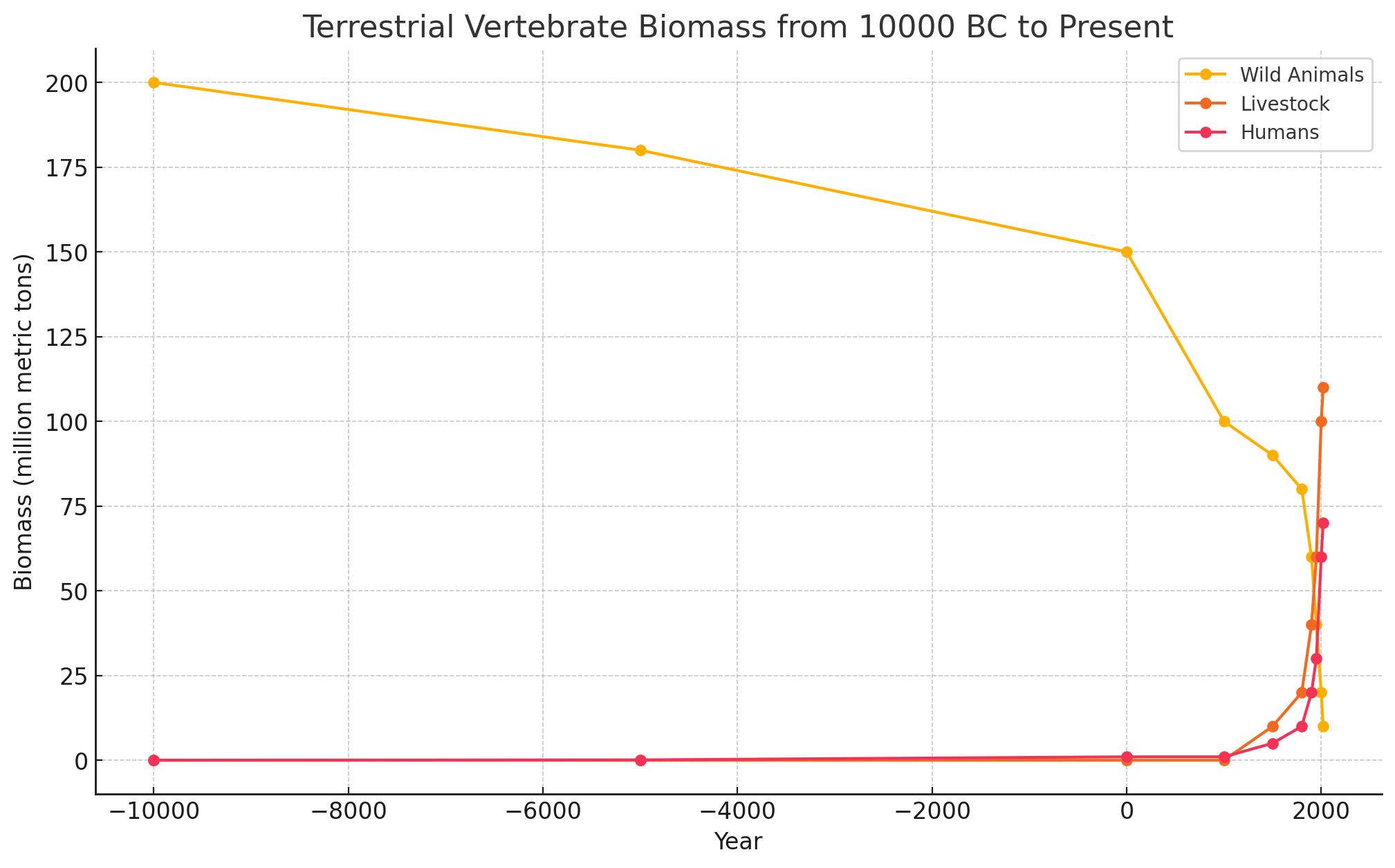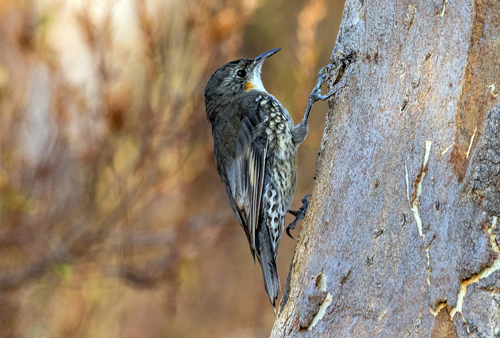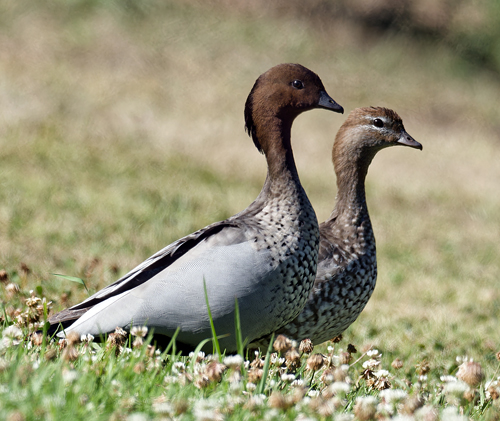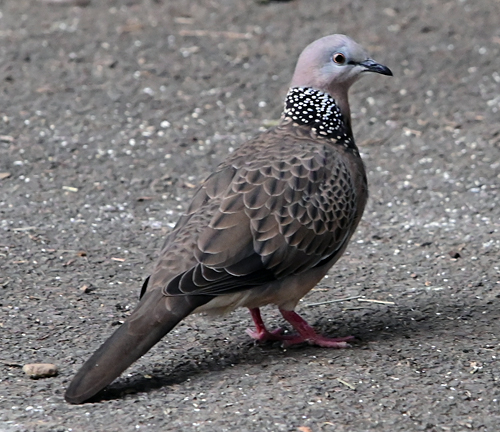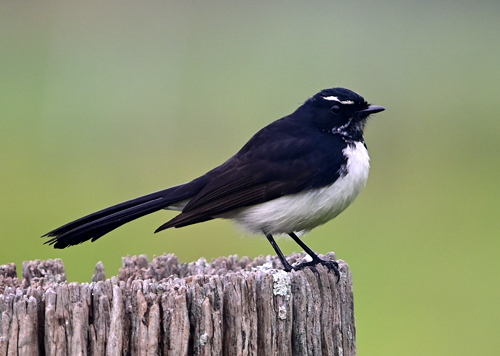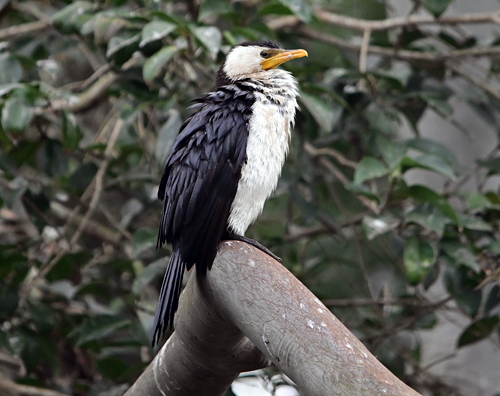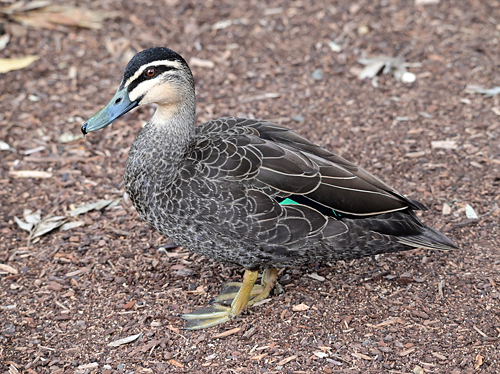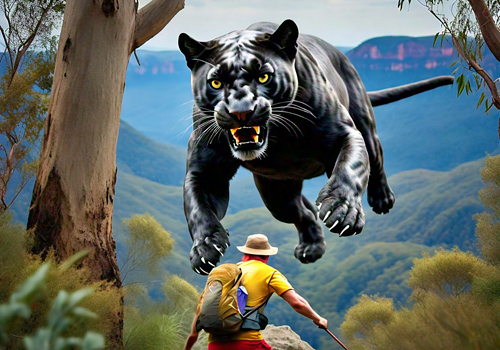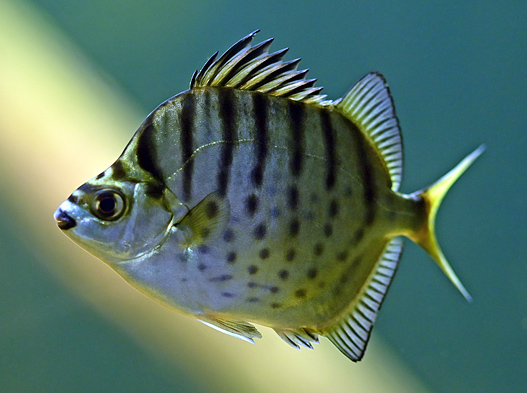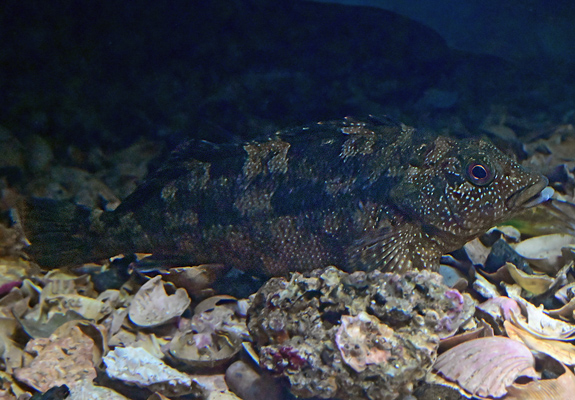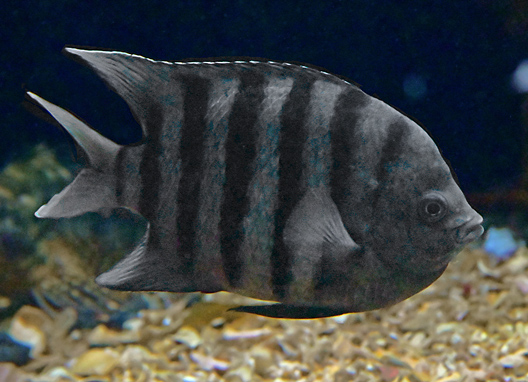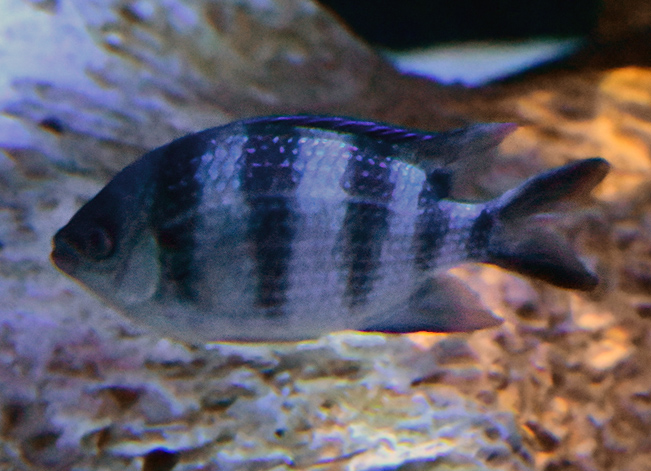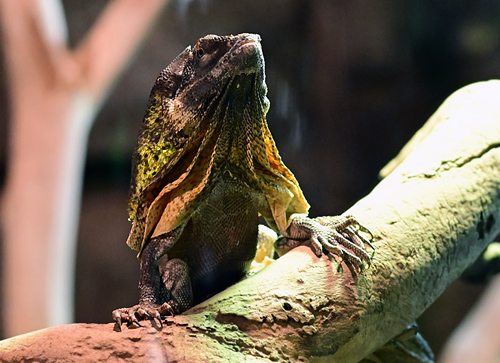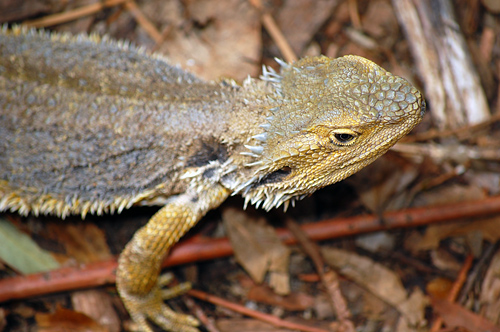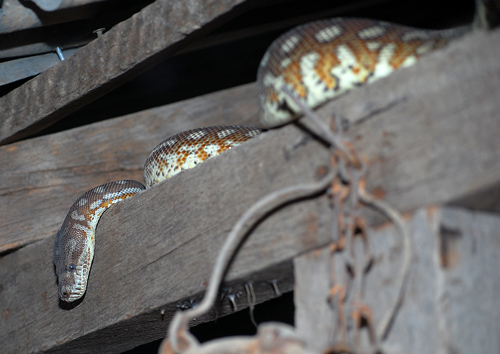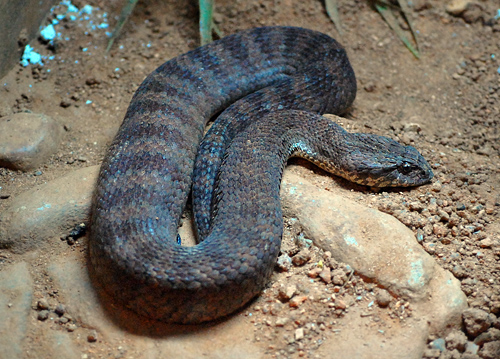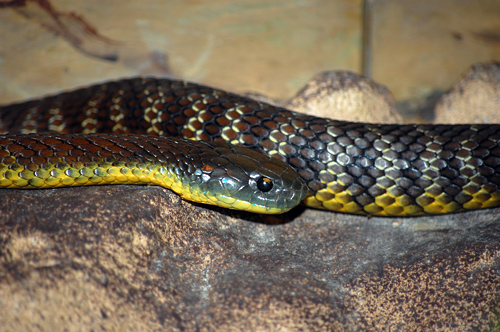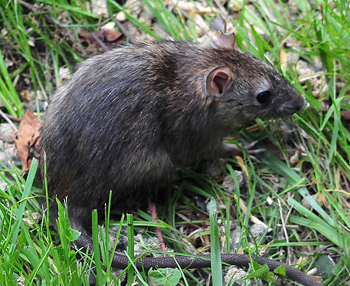The Death of The Earth
The phrase "the Earth is dying" is often used to describe the significant and escalating challenges facing our planet. A great many aspects of our planet are under severe stress due to human activities. Here are some key issues:
The Natural World is Disappearing
Urbanization, agriculture, logging, and mining are leading to the loss of forests, wetlands, and other critical habitats.
In your mind, project the graph below into the future. How long might it take for human land use (the brown and red at the top) to take up 100% of all of global land?
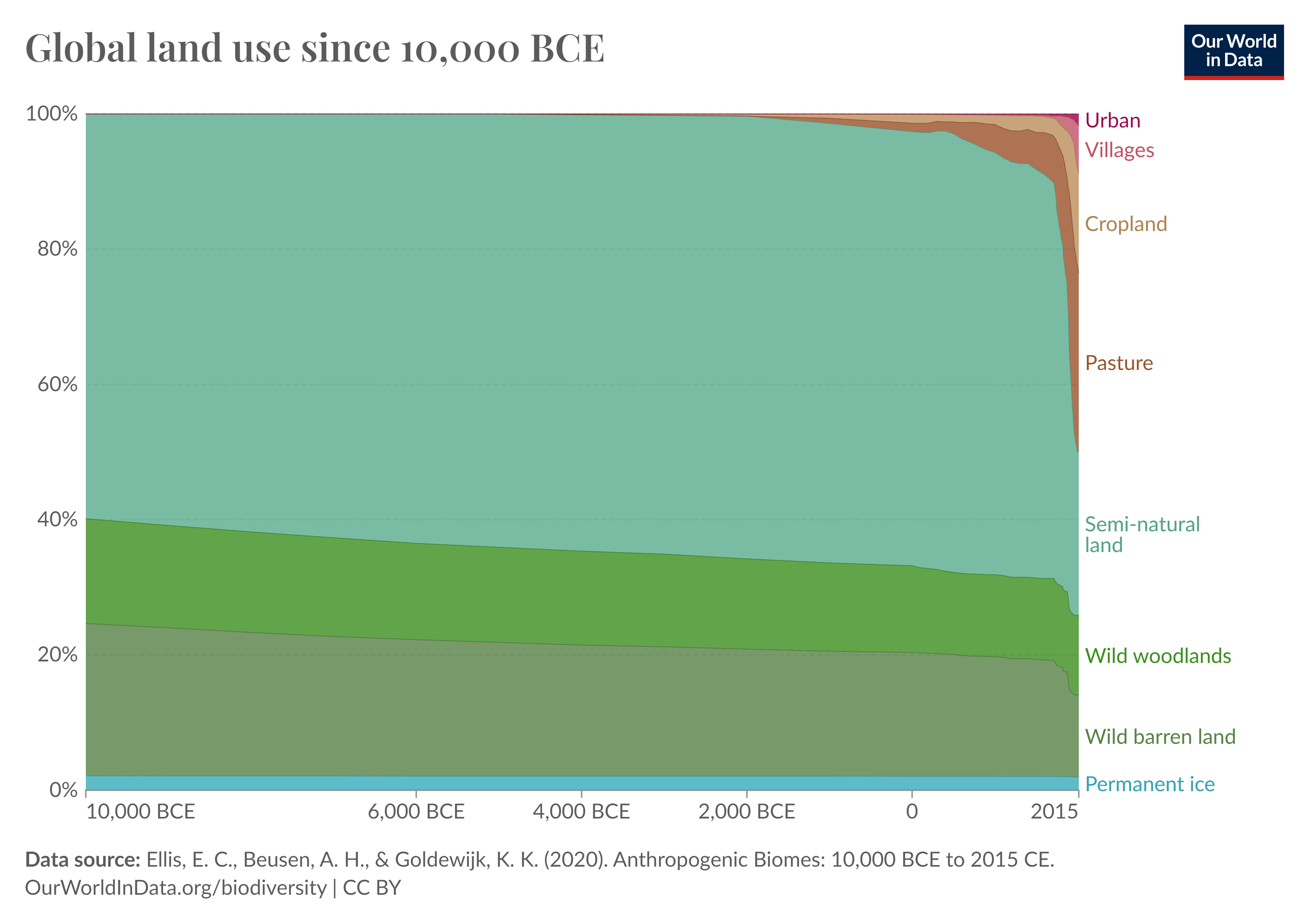
Global land use since 10,000 BCE. Higher Resolution 3400 x 2400.
Imbalance of Ecosystems and Extinction of Species
Many species are at risk of extinction due to habitat loss, pollution, climate change, and overexploitation. The decline in biodiversity disrupts ecosystems, affecting everything from pollination to food chains.
The graph below shows changes in the amount of land-dwelling mammals, birds, reptiles, and amphibians since the dawn of human civilisation, along with the growth of our own species, and our domesticated animals.
If you imagine the right-hand side of this graph continuing into the future, how long might it take before all the wild animals are gone, and replaced by humans and our livestock?
The Natural World is Being Poisoned
- Air Pollution: Industrial emissions, vehicle exhaust, and other sources contribute to air quality issues, harming human health and the environment.
- Water Pollution: Chemicals, plastics, and other pollutants contaminate rivers, lakes, and oceans, affecting marine life and human water supplies.
- Soil Degradation: Overuse of pesticides and fertilizers, deforestation, and improper waste disposal degrade soil quality and fertility.
Resources Are Running Out
- Overfishing: Many fish populations are being depleted faster than they can reproduce, threatening marine ecosystems and food security.
- Deforestation: Forests are being cleared at an alarming rate, leading to loss of biodiversity, disruption of water cycles, and contribution to climate change.
- Water Scarcity: Overuse and pollution of freshwater resources are leading to water shortages in many parts of the world.
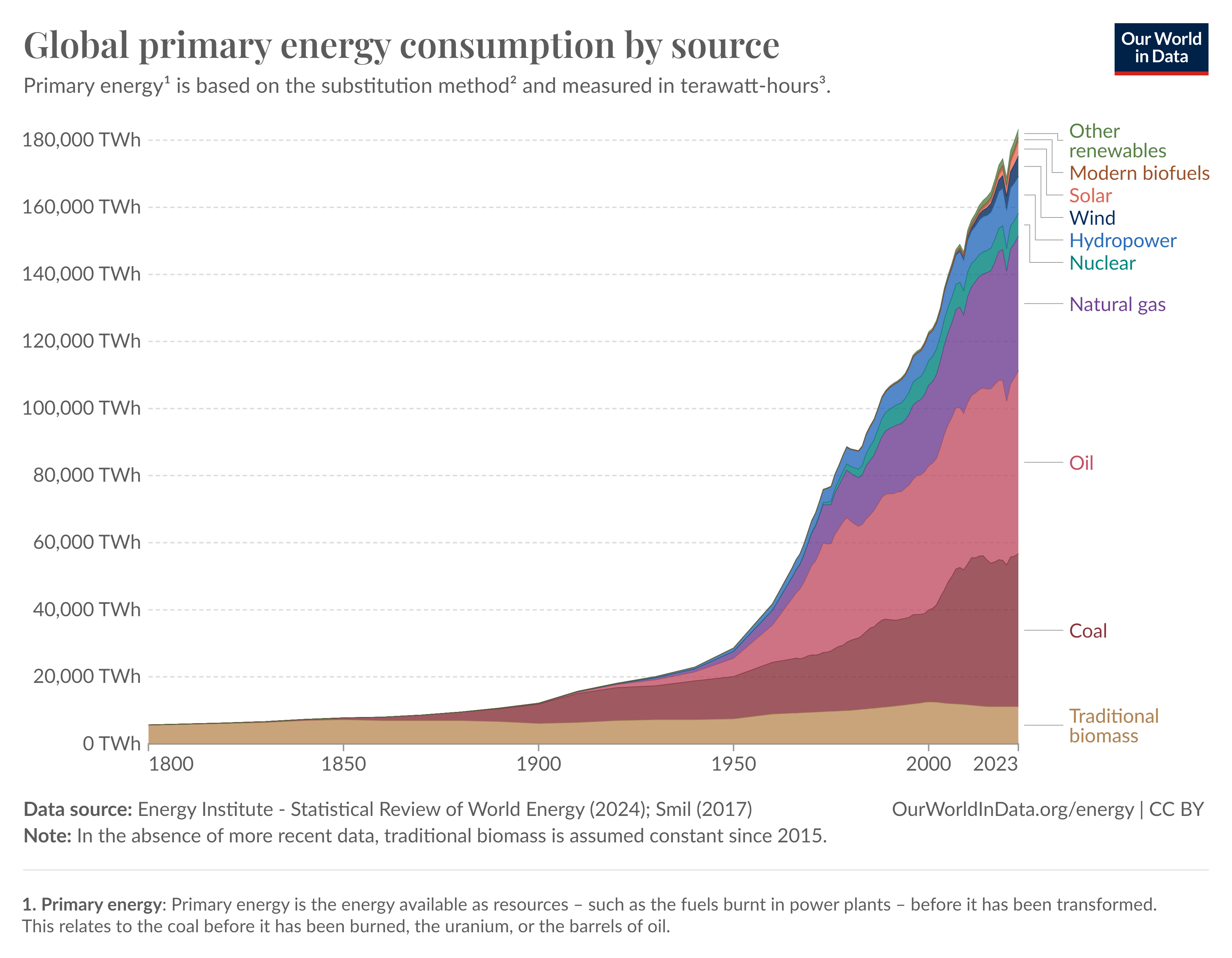
Global primary energy consumption by source since 1800. Higher Resolution 3400 x 2643.
Ocean Acidification
- Carbon Absorption: Oceans absorb a significant portion of CO2 emissions, leading to increased acidity that harms coral reefs, shellfish, and other marine organisms.
One Planet
We often hear that we only get one planet. But what if we could have another one?
Things are changing so fast, and the rate of things changing is increasing so fast, that if we were given a whole fresh new planet, just like the Earth was long before there were people or civilisations—it would only buy us a few more decades before we were back where we are now.

If we were given a whole other fresh brand new Earth, it would only buy us a few more decades of of modern industrial civilisation. Higher Resolution 3680 x 2538.
Conclusion
While the Earth is facing severe environmental challenges, there is still potential for positive change. Collective action by governments, organizations, communities, and individuals can mitigate these impacts and work towards a more sustainable future. Addressing these issues requires urgent and sustained efforts to ensure the health and viability of our planet for future generations.
-- To do for this page:
- quote from r heinberg, put it here.
- Topics covered on last hours
- some tbj
Cover image by Shutterstock.


